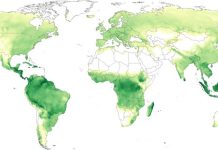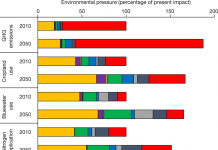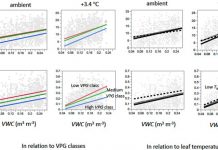【南京冰川环境下活性有机碳的微生物形成】H. J. Smith R. A. Foster D. M. McKnight J. T. Lisle S. Littmann M. M. M. Kuypers & C. M. Foreman. Microbial formation of labile organic carbon in Antarctic glacial environments. Nature Geoscience 10 356–359 (2017) doi:10.1038-ngeo2925
Abstract
Roughly six petagrams of organic carbon are stored within ice worldwide. This organic carbon is thought to be of old age and highly bioavailable. Along with storage of ancient and new atmospherically deposited organic carbon microorganisms may contribute substantially to the glacial organic carbon pool. Models of glacial microbial carbon cycling vary from net respiration to net carbon fixation. Supraglacial streams have not been considered in models although they are amongst the largest ecosystems on most glaciers and are inhabited by diverse microbial communities. Here we investigate the biogeochemical sequence of organic carbon production and uptake in an Antarctic supraglacial stream in the McMurdo Dry Valleys using nanometre-scale secondary ion mass spectrometry fluorescence spectroscopy stable isotope analysis and incubation experiments. We find that heterotrophic production relies on highly labile organic carbon freshly derived from photosynthetic bacteria rather than legacy organic carbon. Exudates from primary production were utilized by heterotrophs within 24 h and supported bacterial growth demands. The tight coupling of microbially released organic carbon and rapid uptake by heterotrophs suggests a dynamic local carbon cycle. Moreover as temperatures increase there is the potential for positive feedback between glacial melt and microbial transformations of organic carbon.
【人为侵蚀抵消源自土地覆盖变化碳排放的三分之一】Zhengang Wang Thomas Hoffmann Johan Six Jed O. Kaplan Gerard Govers Sebastian Doetterl







